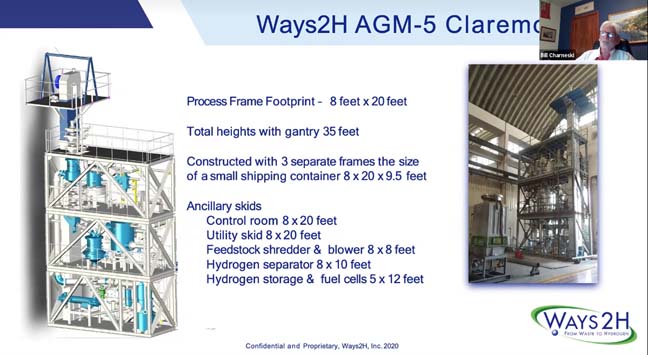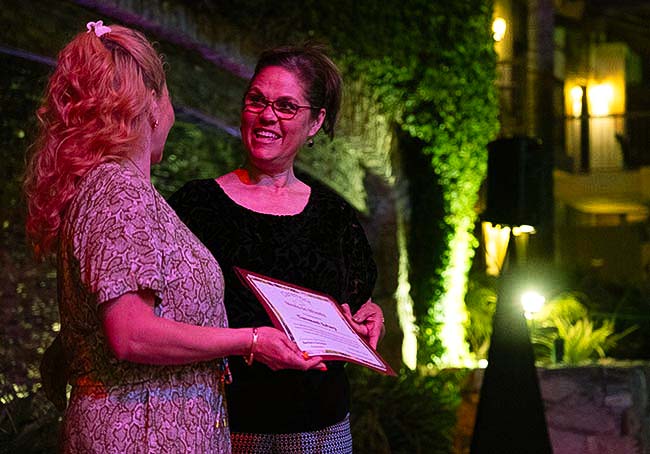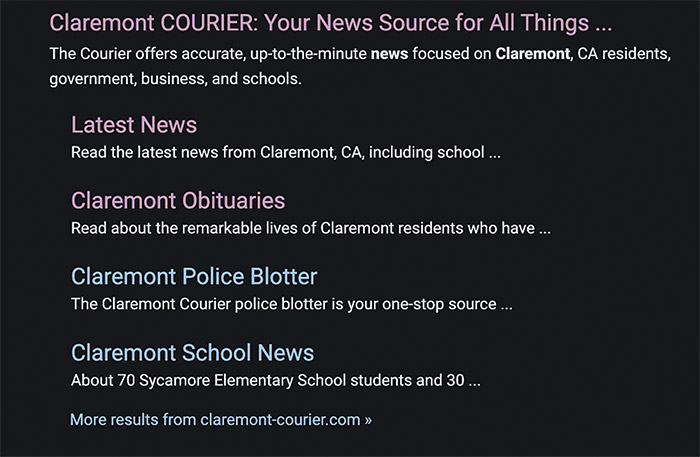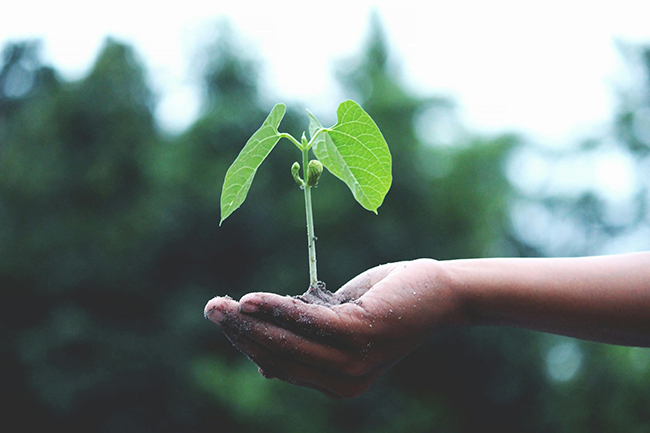Council approves waste-to-hydrogen pilot program

by Steven Felschundneff | steven@claremont-courier.com
On Tuesday the Claremont City Council unanimously approved a waste-to-hydrogen pilot program to be located at the city yard.
The program would be run by Ways2H, Inc. which will construct and run a small demonstration plant for a two-year trial period, during which time the city would agree to lease space adjacent to its transfer station for $1 per year. Ways2H would be responsible for all permitting, construction, maintenance, utility, and insurance costs related to the facility as well as for providing daily staffing to oversee all operational requirements, according to city staff.
The plant would convert one ton of municipal solid waste — the items residents put in the black curbside bin — into 50 kilograms of hydrogen per day. The city collects about 320 tons of municipal solid waste per week, approximately 2% of which would be diverted by the program. The total cost savings to the city over the two-year period will be $23,700.
“Claremont is uniquely able to partner on this type of venture due to having an in-house sanitation operation and permitted transfer station at the city yard,” according to the staff report.
Long Beach-based Ways2H is a joint venture between Clean Energy Enterprises and Japan Blue Energy, which created the biomass-to-hydrogen gasification technology that will be used in the Claremont plant.
According to the staff report, the footprint will be eight by 20 feet with a “processing frame” which will stand about 35 feet tall and will be visible from Monte Vista Avenue. However, it will be partially obstructed by an existing communications tower. Two people will be on hand to operate the equipment 24 hours a day and supervisors or engineers will be at the site when needed.
The facility will produce 85 to 90 decibels of noise, which is the same level as operating a lawn mower. However, the report states that the sound would be “nearly inaudible” at Monte Vista because the machinery will be located toward the rear of the city yard.
According to a presentation by Ways2H’s Manager Industrial Solutions Bill Charneski, the company’s employees will sort out organic material from the municipal solid waste to become the feedstock for the energy producing plant. Since the city only collects trash Monday through Thursday, there will bee some storage of waste at the city yard so the energy producing plant can operate seven days per week.
The Claremont facility will serve as a demonstration site for the company so they can show investors and potential new clients how the process works. Ways2H plans to upscale the waste to hydrogen plants to eight tons per day and eventually 24 tons of waste turned into energy, however that would most likely not be built in Claremont.
“I don’t know that we will be building bigger systems in the city yard, I think the bigger systems will be at other locations in Southern California,” Charneski said.
The 24-ton plant would be able to produce 1.2 to 1.5 tons of hydrogen per day, which would be enough energy to power 40 diesel trucks or produce 1.1 megawatts of energy through a fuel cell electric plant.
“This project is a tangible way to accomplish goals outlined in the Sustainable City Plan and help facilitate new, innovative technologies with the goal of replacing carbon-based fuels. The pilot program furthers the goal to reduce municipal solid waste sent to landfills, address the detrimental effects of plastics, and help achieve air quality standards that will protect public health and the environment,” Community Services Director Jeremy Swan said in his agenda report.
The city doesn’t have any vehicles that run on hydrogen so the fuel will be stored onsite and Ways2H will make arrangements for use of the final product, which could include powering a fuel cell for electricity generation.
The equipment for the Claremont plant is currently under construction at a factory in India. Charneski said the goal is to have all the permitting done by April 21 and the plant ready to go online by May 1.
The arrangement could be extended if both parties agree, however, if the city elects to end the program, Ways2H will dismantle the plant and return the yard to its previous condition.
Ways2H will be responsible for all of the environmental review and authorization including permits from Cal Recycle the South Coast Air Quality Management District, and a waste water permit which staff believes could be complete by spring. Construction should take two months so the plant could be operational by summer 2022.
The council had a few questions which mostly centered around the environmental impact of the waste-to-hydrogen production itself.
Charneski responded that the company would have to go through the entire environmental review and permitting process including CalRecycle and the South Coast Air Quality Management District, and obtain a waste water permit.
“We are going to get all of the permits and will not be starting up until we get the permits,” Charneski said “That is better than my promise that we will do a good job.”
The council was generally very excited about the project, calling it a creative way to handle future energy needs while helping to slow climate change.









0 Comments